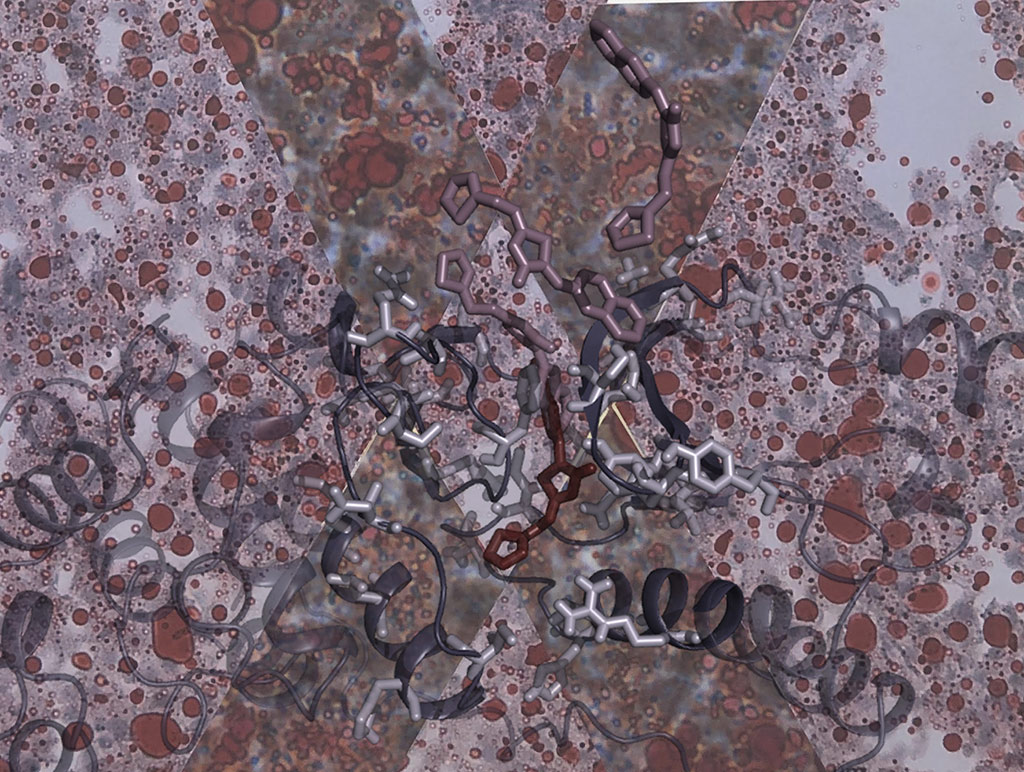Enzymes are proteins that are capable of accelerating the chemical reactions by as many as seventeen orders of magnitude. These molecules that have the ability to speed reactions are called catalysts.
How do enzymes work? The understanding of the enormous catalytic power of biocatalysts still corresponds to one of the grand challenges of chemical biology. Experimental and computational evidences have demonstrated that enzymes can adopt multiple conformations in solution, which are key for their function. We have demonstrated that by evaluating the multiple conformations that enzymes adopt by means of computational tools such as Molecular Dynamics (MD) simulations their mechanism of action can be elucidated. Additionally, these simulations can be used for predicting which changes in their structure (mutations) are required for novel activity.
New target for liver cancer treatment: Our computational studies have provided further evidence for the structural and functional similarity between different p38 kinases. One of the kinase enzymes, p38gamma, was found to present similitudes with another group of proteins known as CDKs, which have been known for a long time to be responsible for regulating the cell division cycle. This study demonstrates that p38gamma could be a new pharmacological target for liver cancer.
New enzymes for the synthesis of contraceptive hormones: Many of the drugs used to treat diseases have limitations in the production process. In most cases, many by-products are obtained that have no pharmacological activity, dramatically reducing the production efficiency. In a recent study we aimed to produce a key intermediate in the synthesis of drugs used as contraceptive hormones, Levonorgestel or Gestodene. X-ray crystallography studies together with computational tools made possible the design of a new Alcohol Dehydrogenase (ADH) enzyme for the efficient synthesis of the steroid hormone precursors. We found dramatic differences in the mobility of a region of the enzyme that was essential for enhancing the enzyme activity towards these industrially-relevant substrates.
Reference
